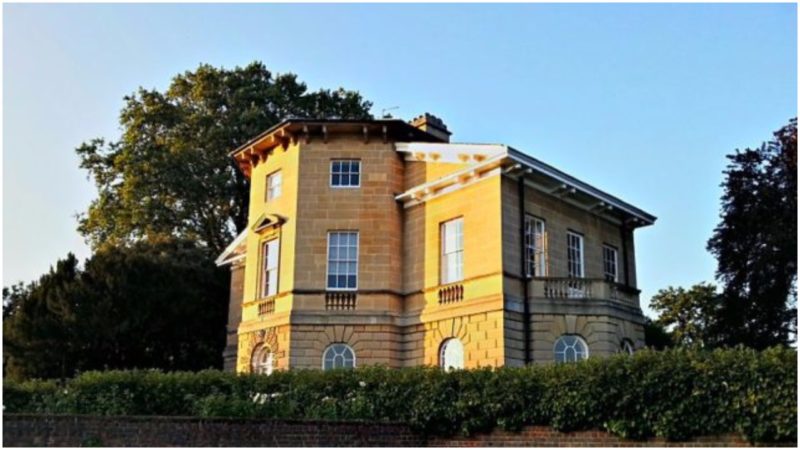Known as Richmond Place, this house stands on top of land that once belonged to the Royal Palace of Henry VIII; more specifically, it was built on the exact location of the old palace brewhouse. According to historians, this house was built following the design of the turrets that once stood on this ground.
The turrets were octagonal in form and they stood on the western corner of Henry VIII’s magnificent estate.
It all begins with Richard Hill in 1711. He made a home at Trumpeters’ House and at a later date, he decided to sell some land which included the Brewhouse.
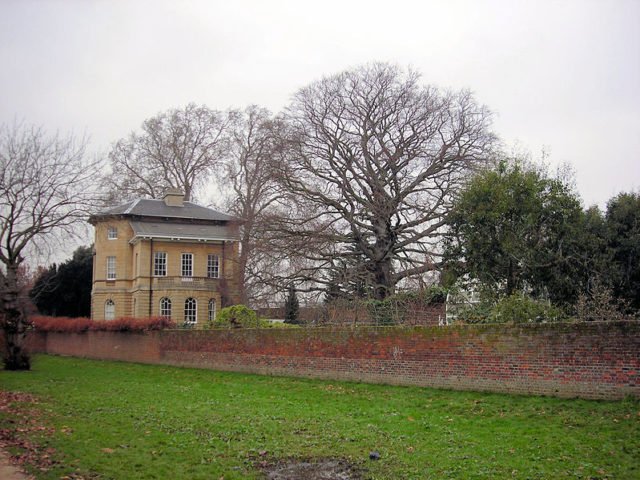
And so Colonel Cholmondeley became the new owner. Later on, the Colonel made the same move and sold the Brewhouse. He sold it to Edward and Richard Fitzwater. This happened in 1733 and just one year later, the property changed hands once more.
The Earl of Cholmondeley was the new owner. But the selling frenzy for this piece of land was far from over and continued over the years. Eventually, the property ended up in Sir Charles Asgill’s hands.
Born in 1788, Asgill was a persistent character by nature who managed to push his way to being a successful banker. He was a mere collecting clerk when he started out.
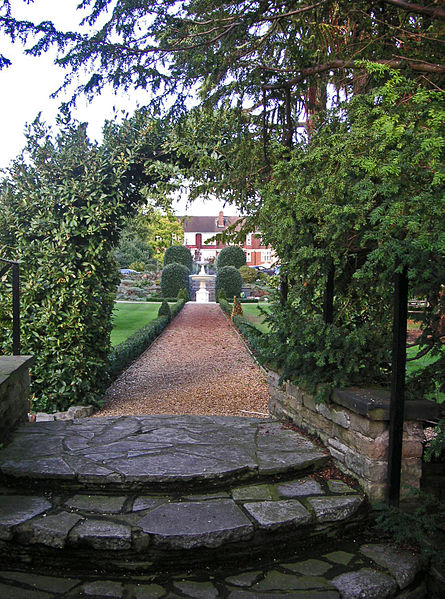
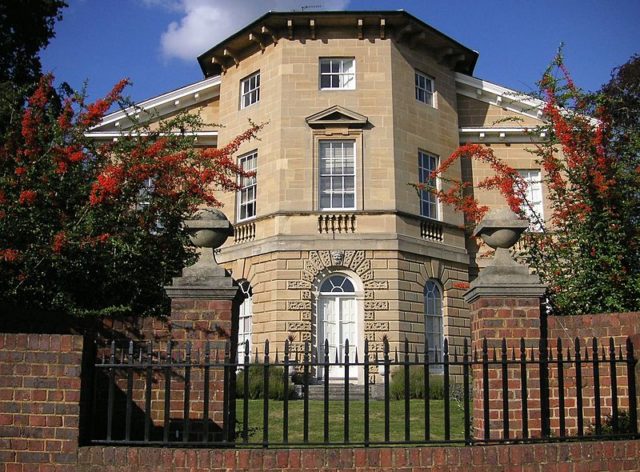
Upon becoming successful, he held the office of Lord Mayor of London. Some years down the road in 1761, he became a baronet. For the building of this house, Asgill chose Sir Robert Taylor, a renowned architect born in 1714.
Initially, Sir Robert mainly focused on sculpting. He achieved a small amount of recognition for this work, although he did not make a successful living.
Therefore, he decided instead to focus on architecture. The career move turned out to be the right choice. He was so successful that he became the successor of Sir William Chambers as the Architect of the King’s Works.
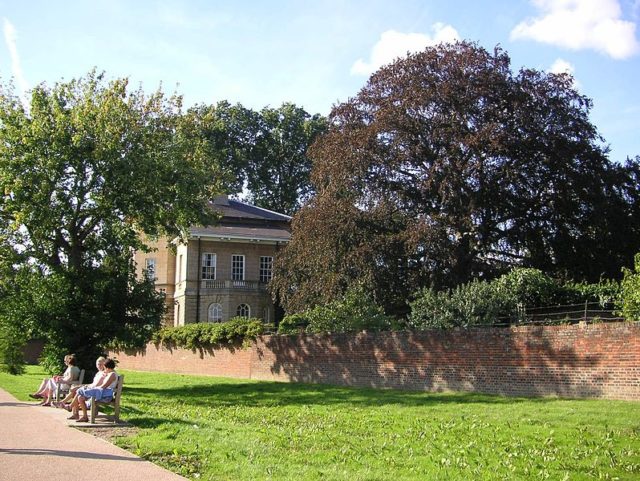
Sir Charles became familiar with the works of Robert Taylor when he requested of him to design his London Banking House located at 70 Lombard Street.
According to a number of researchers, the Asgill House was erected around 1760. Once finished, this house, even though grand in appearance, was the smallest piece of work Robert Taylor ever worked on.
There were rooms placed on three sides of the house, thus creating three groups. Some of the rooms were cleverly constructed to appear more spacious than they really were.

Both the ground and first floors were lavishly decorated and had a central room that was octagonal in shape. As for the interior, an Italian artist named Andrea Casali was hired. He was in England during this period and provided the much-needed artwork including the all of the murals.
Sir Charles lived in this house until the day he died. During this whole period, the house was known as Richmond Palace.
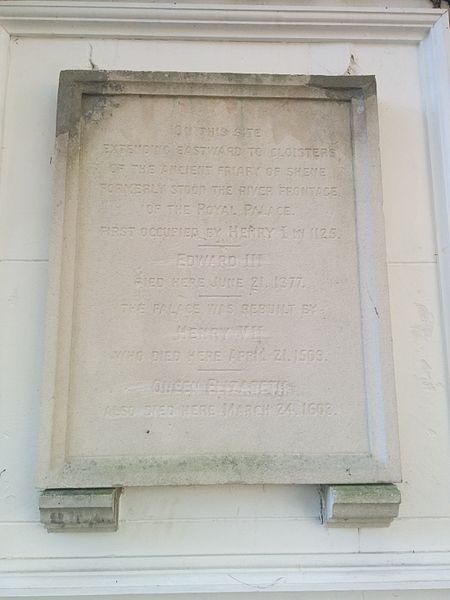
After he died in 1788, a member of Parliament, a gentleman named James Whitshed Keene, became the new owner of the property. During the period in which he was the owner, the house was known as Whitshed Keene.
Following the James was Mr. Osbaldston, but for only a brief period. Next came Mrs. Palmer and right after her, the property passed to a man named General Carpenter.
The house was once more sold in quick succession, changing hands a number of times beginning with Benjamin Cohen. He became the lawful husband of the niece of Sir Moses Montifiore who gifted the couple with a wonderful marble fireplace.
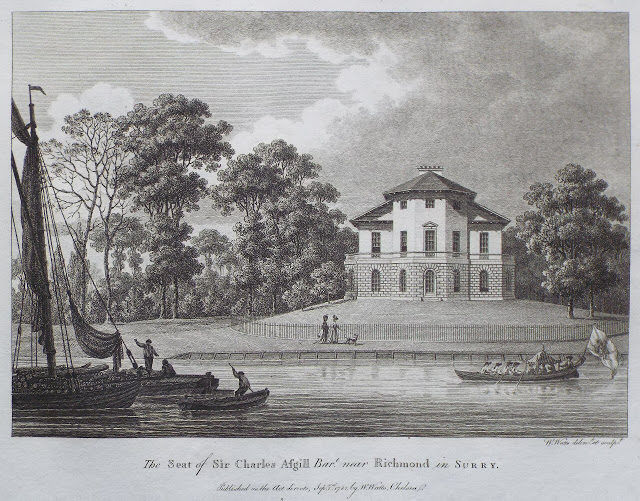
From Benjamin, the property went to on to have a few more owners. Finally, in 1966, the house was purchased by Mr Fred Hauptfuhrer. He is the current owner of the property and the man behind a number of restorations.
Given its historical value, the house is a Grade I listed building.
